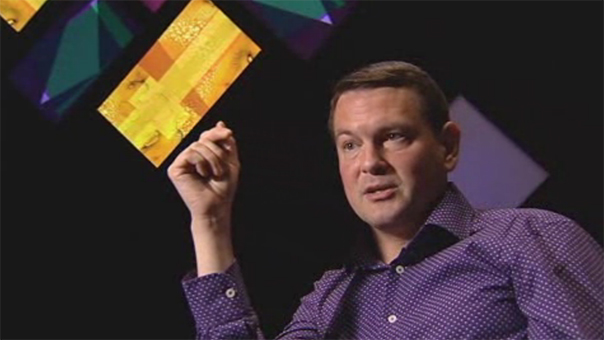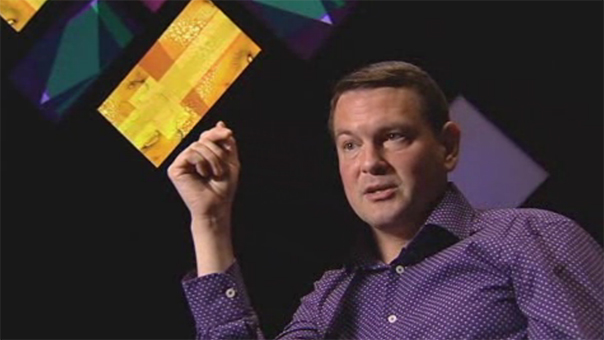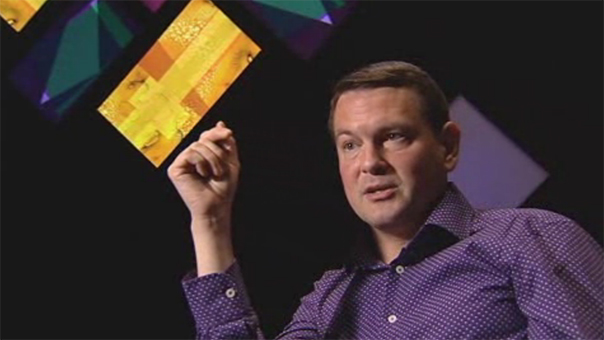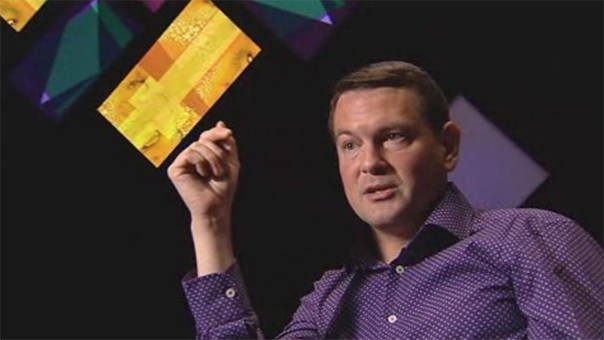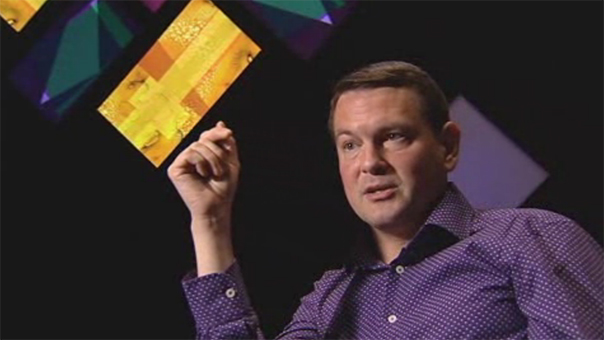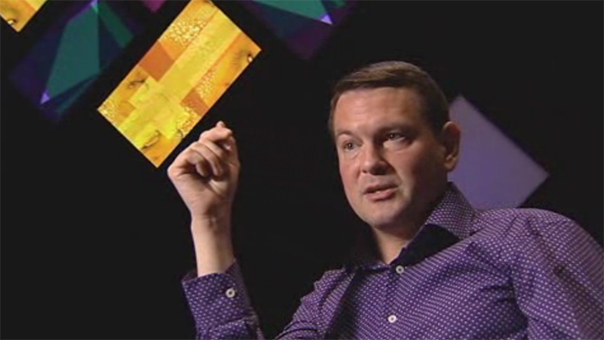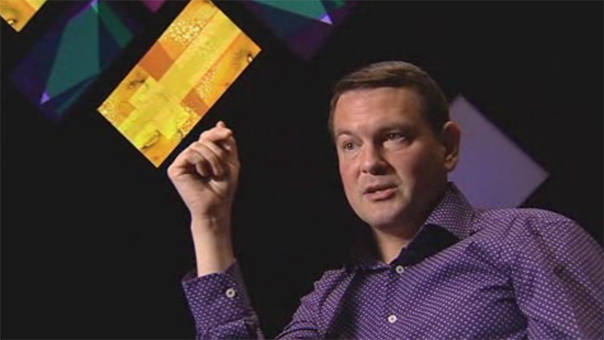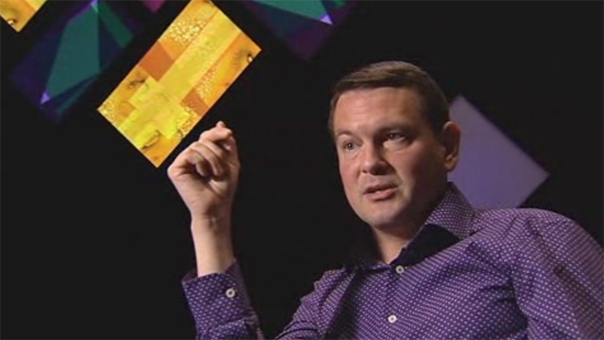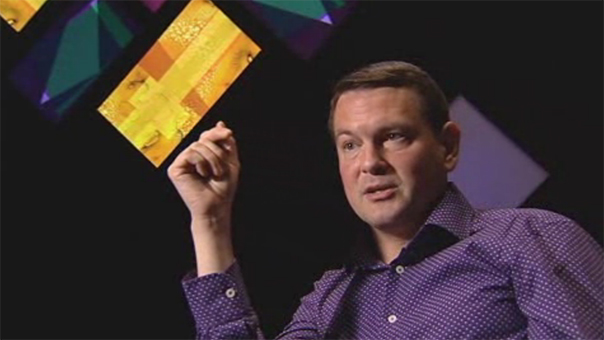77 Million Paintings: influences on Brian Eno
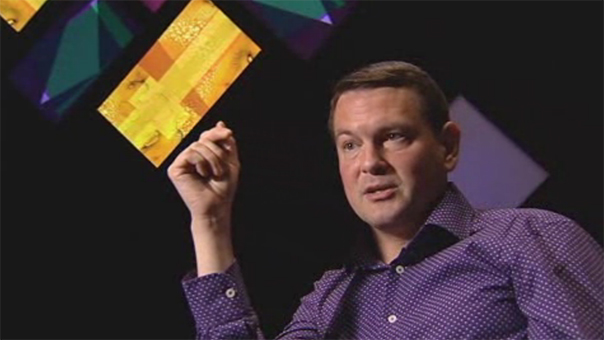
Viewing guide
-
Artists are often influenced by other artists in their field. How is “being influenced” different from copying?
-
People say Brian Eno was a pioneer of ambient and generative music. Can you think of any other examples of people that have acted as pioneers?
-
Listen to a piece of music by one the musicians that have influenced Eno. Can you find any similarities between Eno and the musicians’ work?
-
Have you ever had an accident that has led to an interesting outcome you may not have discovered otherwise? Explain.
-
What is your opinion of artists using accidents as part of the creative process? Justify your response.
Interviewer: What do you think were the major influences on Brian Eno and his pioneering of ambient and generative music?
Nick Robertson: There are a number of ways of talking about it. I think in terms of names of musicians that influenced him, there’s people like John Cage, Steve Reich, you know, people who set up processes, systems of creating music. He’s not terribly interested in sitting down and writing notation. I mean in fact he’s completely uninterested in doing that. What is interesting, and typical of quite a lot of musicians who came out of Art schools, is that he would create a system and then put audio within that system. So, that’s why the Steve Reichs and the John Cages were a big influence. There’s one album of his and it was the first sort of foray into generative music—sorry I don’t remember, I think it’s Discreet music—where there is a version of Pachelbel’s Canon and each of the pieces of scored music starts off obviously at the beginning, but they’re played at different speeds and what happens is the piece of music starts separating and going out all over the place. And he discovered this when he had an accident, broke his leg and he was playing it and it started going out of sync and he couldn’t get off the chair to actually put it back in sync and then he noticed, “…actually I quite like this”. So, like all approaches to art and like all approaches to music, it’s kind of a confluence rather than a “eureka” moment, it’s about percolation. And he started realising he was aesthetically drawn to that and then, you know, looking at other musicians who operate in different areas, it sort of gels together but in a particular way that’s particular to him.
